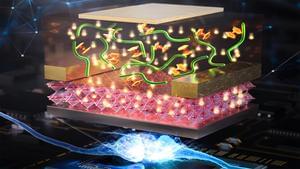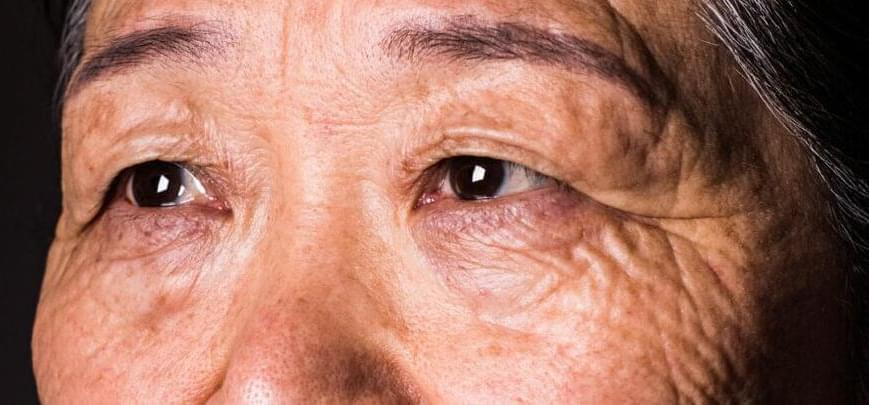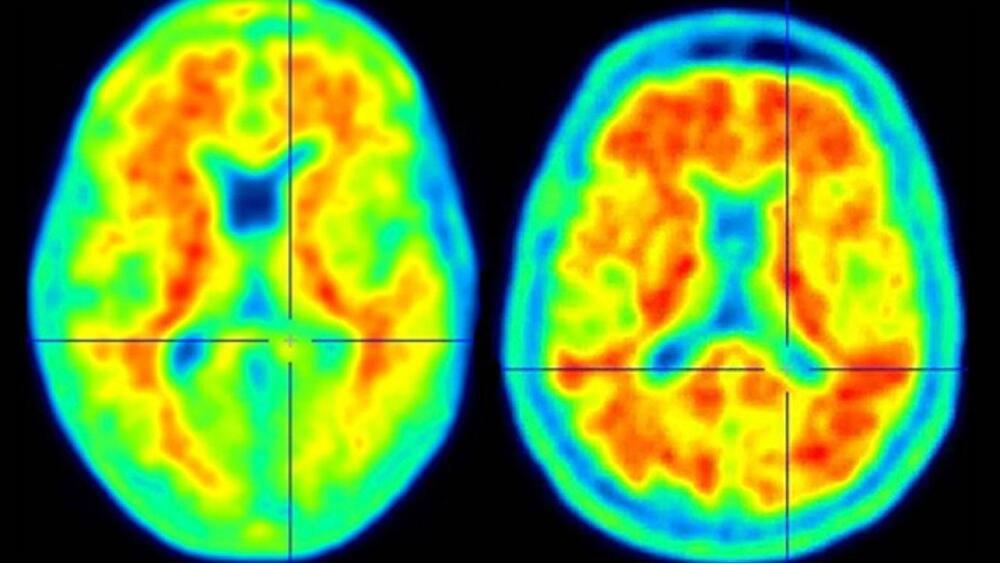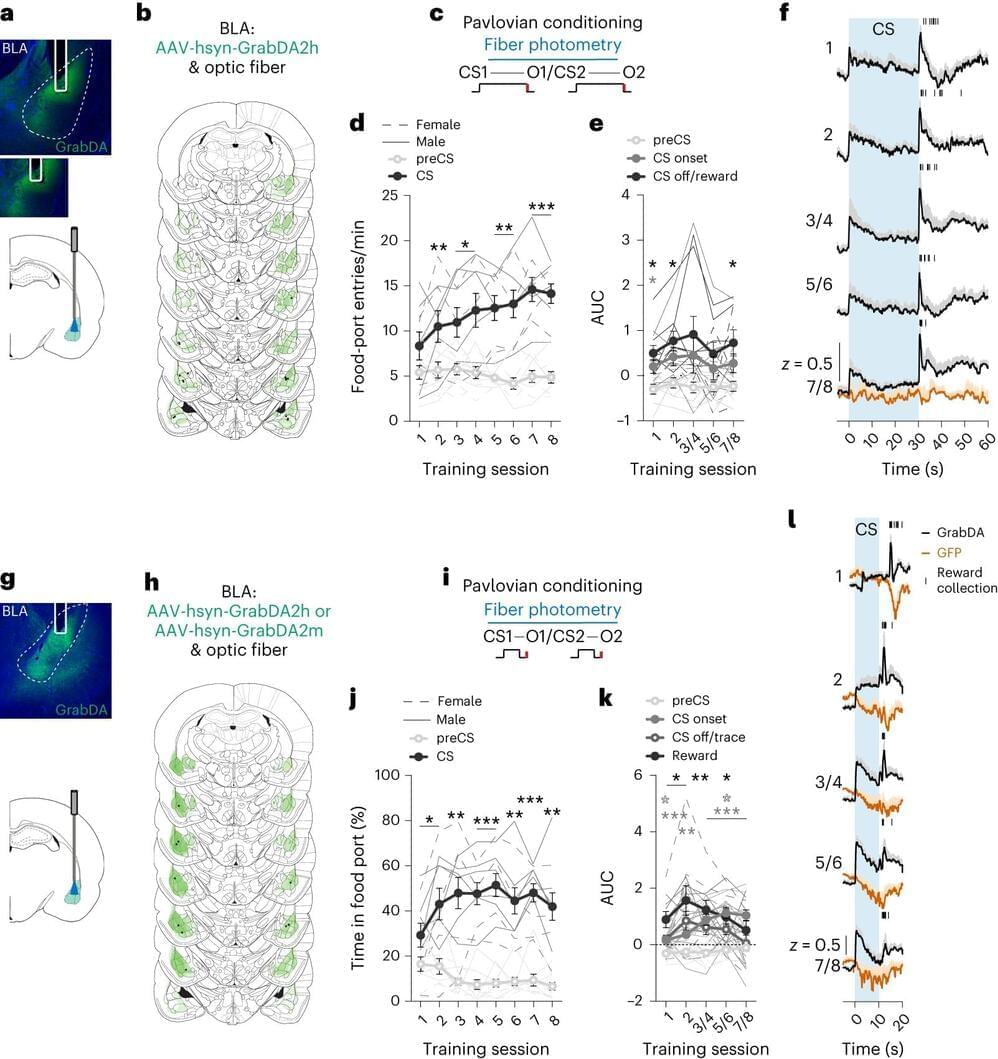“The subvolt regime, which is where this material operates, is of enormous interest to researchers looking to make circuits that act similarly to the human brain, which also operates with great energy efficiency.” — Argonne materials scientist Wei Chen “Redox” refers to a chemical reaction that…
As the integrated circuits that power our electronic devices get more powerful, they are also getting smaller. This trend of microelectronics has only accelerated in recent years as scientists try to fit increasingly more semiconducting components on a chip.
Microelectronics face a key challenge because of their small size. To avoid overheating, microelectronics need to consume only a fraction of the electricity of conventional electronics while still operating at peak performance.
Researchers at the U.S. Department of Energy’s (DOE) Argonne National Laboratory have achieved a breakthrough that could allow for a new kind of microelectronic material to do just that. In a new study published in Advanced Materials, the Argonne team proposed a new kind of “redox gating” technique that can control the movement of electrons in and out of a semiconducting material.








